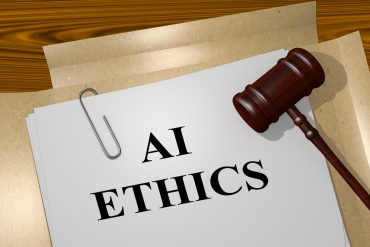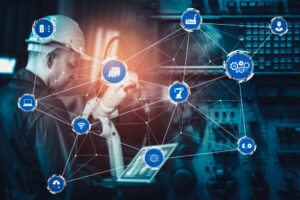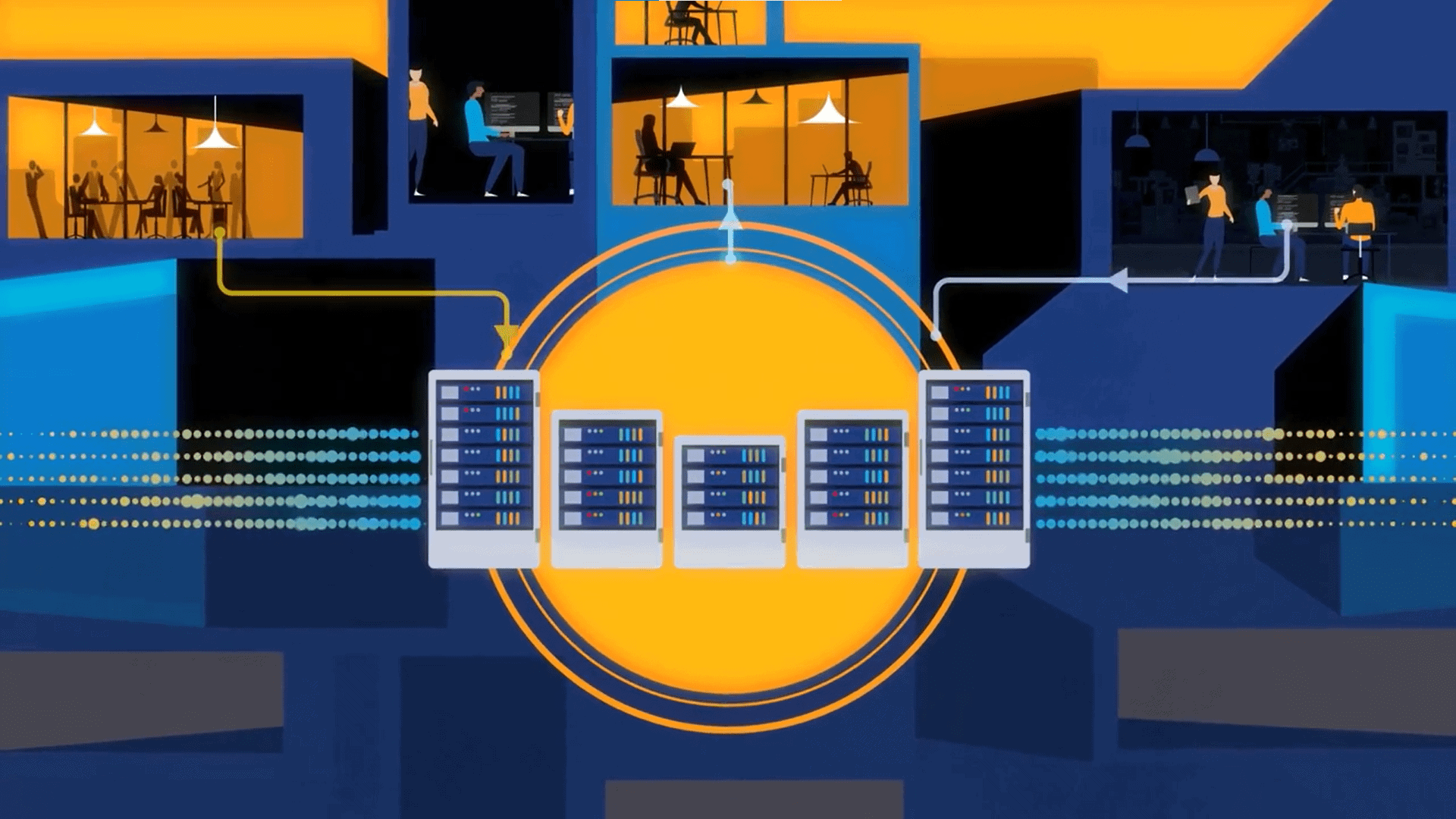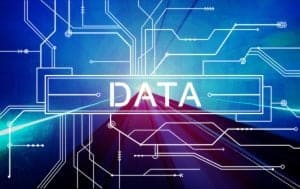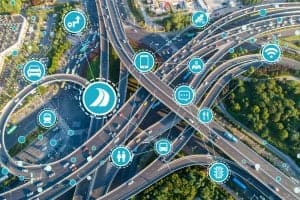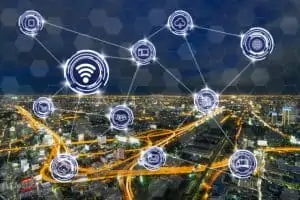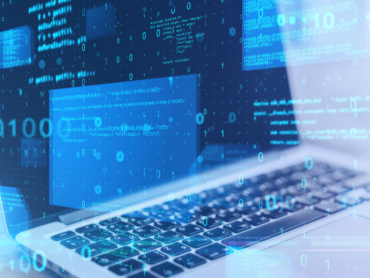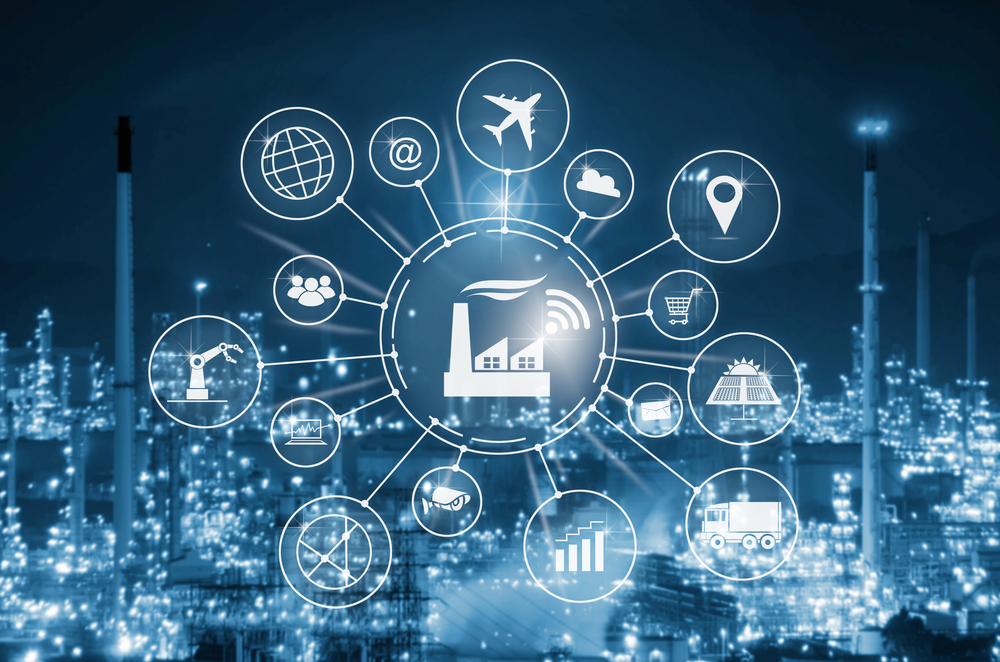
The Digital Twin Consortium’s AI Agent Capabilities Periodic Table is a framework that offers a standardized approach for evaluating AI agent systems based on actual capabilities.
What, exactly, are AI agents supposed to accomplish? There’s no shortage of confusion about their upcoming roles and potential limitations. To answer this question, the Digital Twin Consortium recently launched a “periodic table,” or framework, that may help clear things up. Of course, AI agents will also play a key role in managing digital twins.
The consortium’s AI Agent Capabilities Periodic Table is a framework that offers a standardized approach for evaluating AI agent systems based on actual capabilities. This is important at a time of increasing “market confusion where systems with vastly different capabilities are labeled agents or agentic AI.” The table’s creators say these guidelines track closely with the previously published Digital Twin Capabilities Periodic Table.
“The AI agent market faces the same evaluation challenges that digital twins encountered in their early days,” said Dan Isaacs, general manager for the Digital Consortium. “Organizations struggle to compare vendors fairly and set realistic expectations for AI agent implementations.”
The framework’s authors hope that by categorizing agentic AI capabilities, managers will be able to objectively evaluate vendor offerings regardless of terminology. The framework organizes AI agent capabilities across six functional areas:
- Perception and knowledge: Understanding the operational environment through data ingestion, pattern recognition, and information synthesis. Includes: environmental sensing; knowledge access; context and memory; and multi-modal fusion.
- Cognition and reasoning: Supporting decision-making through logic, problem-solving, and analytical frameworks. Includes: reasoning; decision making; problem solvig; formal planning; and plan adaptation.
- Learning and adaptation: Evolving through experience-based improvement and continuous optimization. Includes: reinforcement learning; self-optimization; supervised learning; vector memory; and memory scoring.
- Action and execution: Enabling real-world outcomes through workflow orchestration and system interaction. Includes: task execution and implementation; tool usage and API integration; code generation and execution; content creation and generation; tool lifecycle management; and Model Context Protocol (MCP) integration.
- Interaction and collaboration: Coordinating across humans, agents, and systems. Includes: dialggue management; human-in-the-loop; agent communication; collaboration; role behavior; conflict resolution; industrial integration; enterprise integration; message brokers; and distributed communication.
- Governance and safety: Enforcing security, ethical operation, compliance, and risk management. Includes: deployment management; scaling; monitoring; safety; evaluation; security; explainability; ethics; reliability; privacy; and trust management.
See also: Agentic AI in Industry: The Technologies That Will Deliver Results
Along with functional areas, the framework defines five maturity levels of agent development:
- Static automation: Pre-programmed responses with no learning or adaptation, traditional rule-based Symbolic AI systems and basic automation
- Conversational Agents: Natural language interaction with basic context management, customer service chatbots, FAQ systems, voice assistant
- Procedural Workflow Agents: Multi-step task execution with tool integration and role-based collaboration, workflow automation, task orchestration, process management
- Cognitive Autonomous Agents: Self-directed planning, learning from experience, sophisticated reasoning, research assistants, predictive systems, autonomous decision-making
- Multi-Agent Generative Systems: Collaborative intelligence with emergent behaviors and distributed coordination, industrial automation, smart city systems, complex orchestration.
The agentic framework is designed to work in tandem with the previous dirigital twin frwmwoerk, as they offer overlapping capabilities. “Together, these frameworks provide the foundation for developing intelligent digital twins — systems that not only model the physical world, but also interact with it directly through autonomous reasoning and action.
Organizations using both frameworks can “ensure interoperability and alignment between data models and decision systems,” according to the consortium. It also enables the mapping of agent needs to existing digital infrastructure, as well as play a role in coordinating design and governance across systems.


